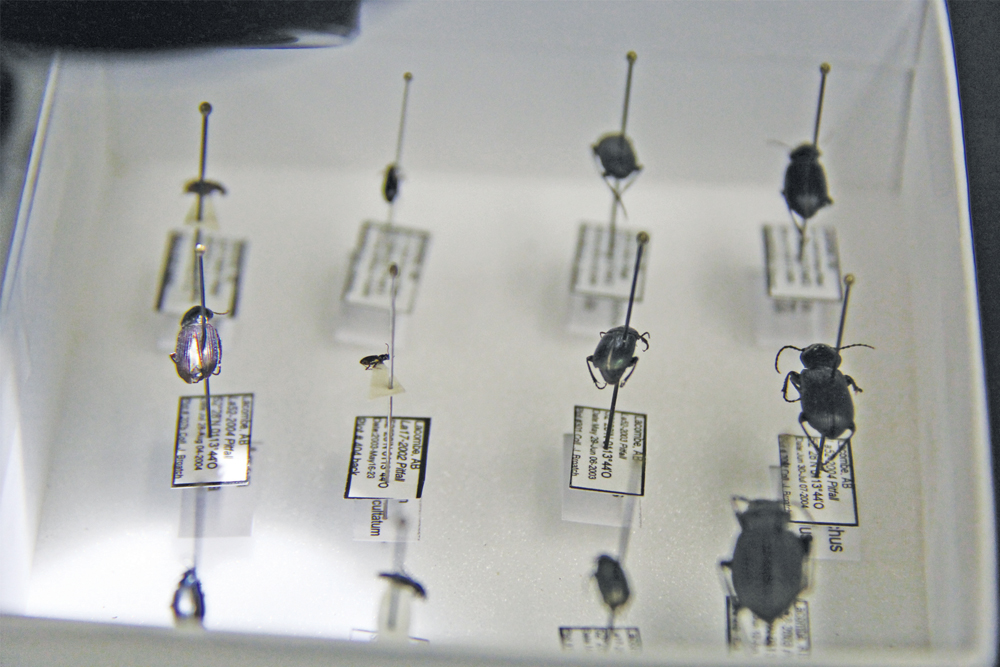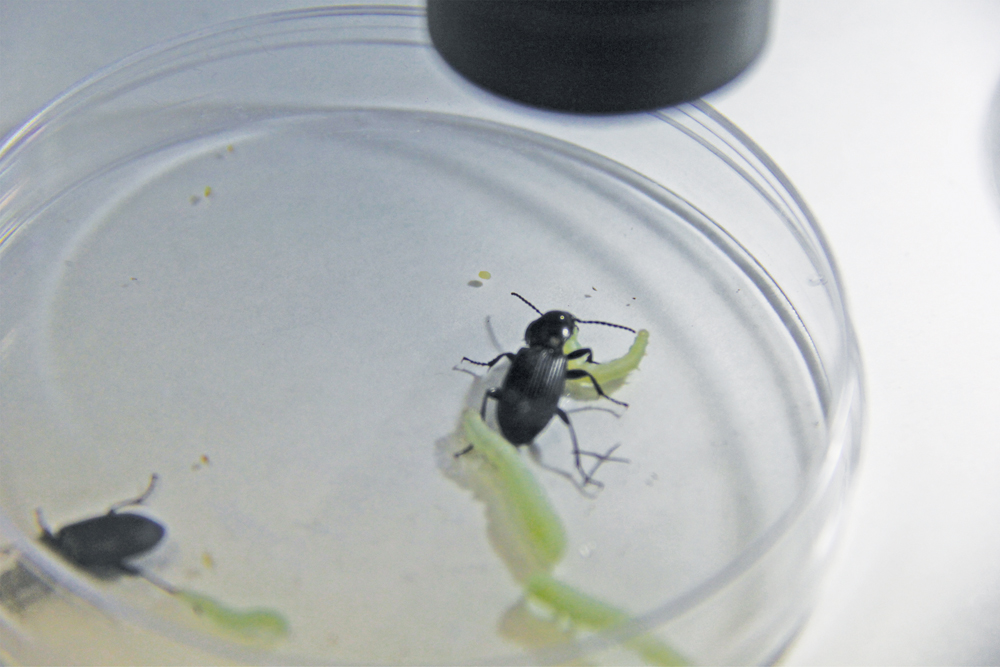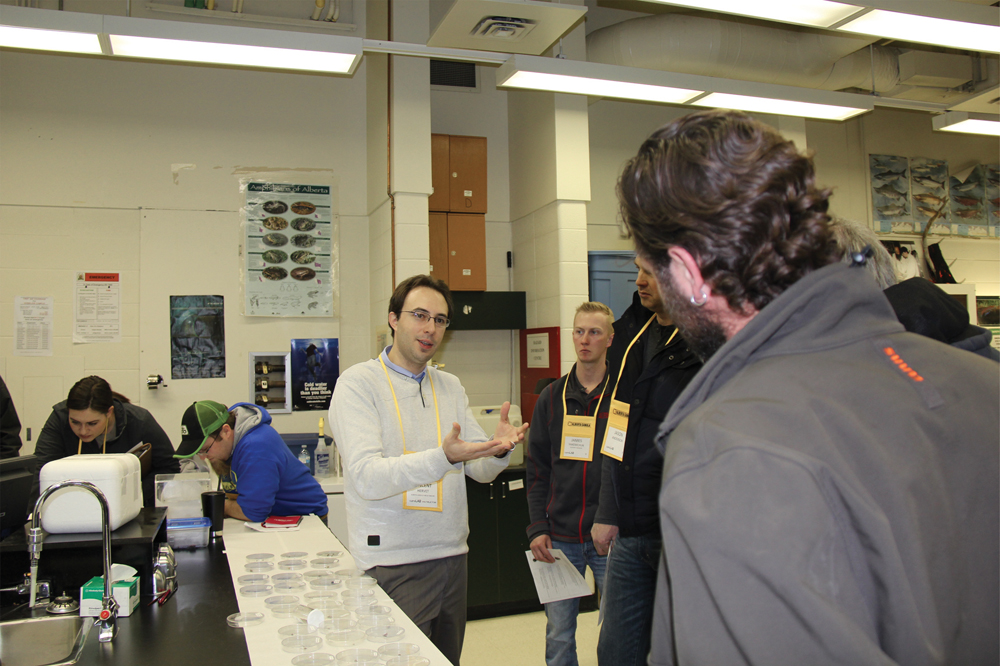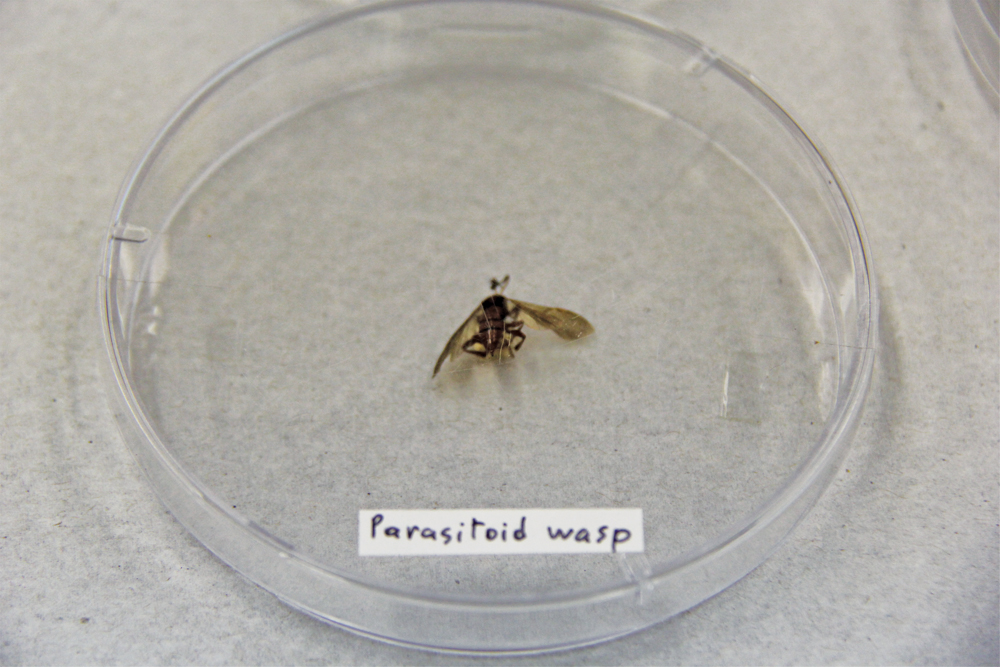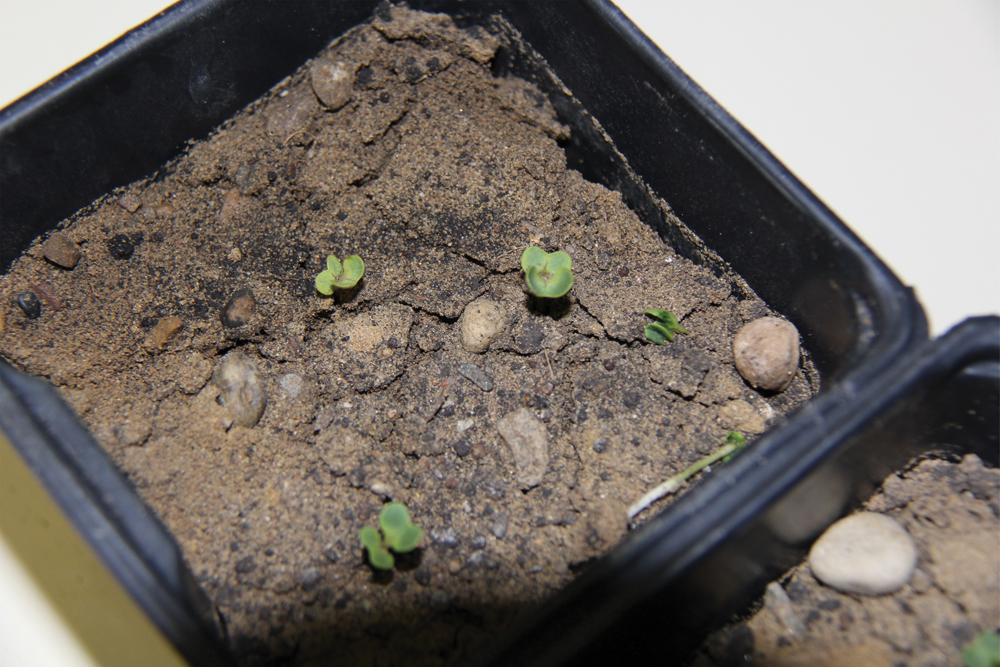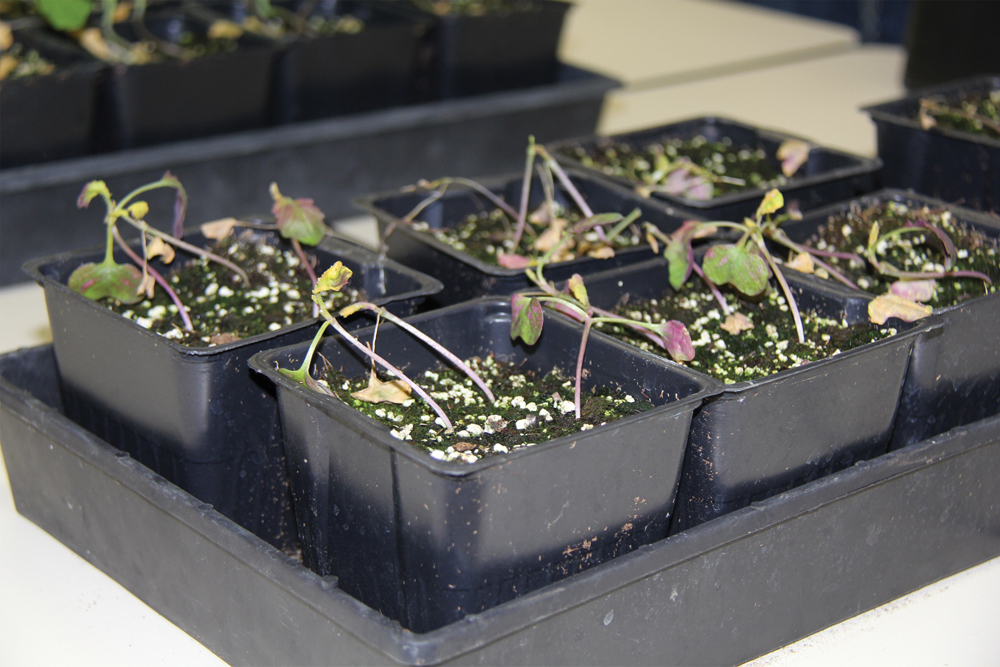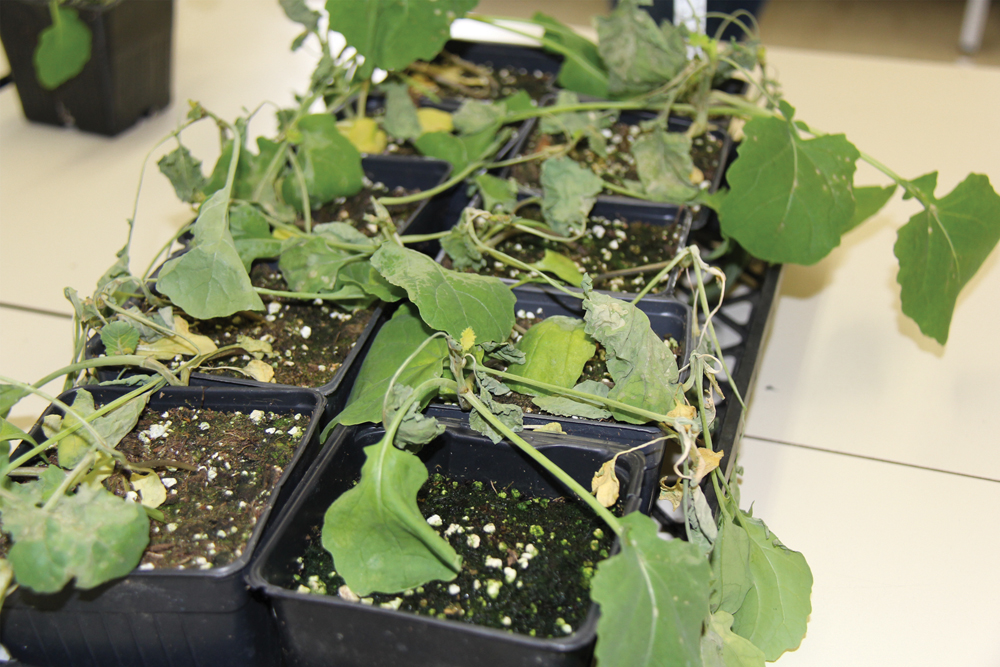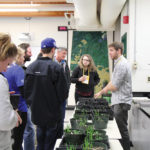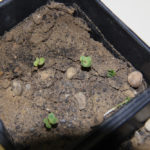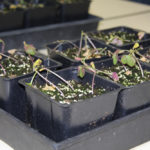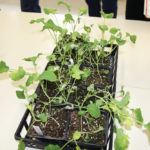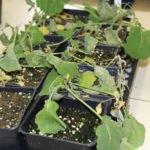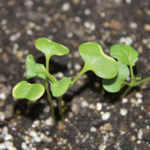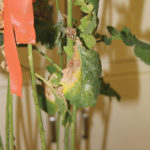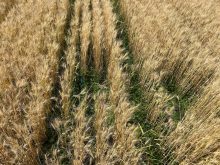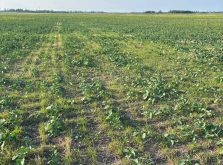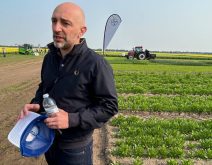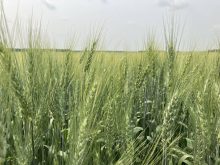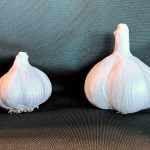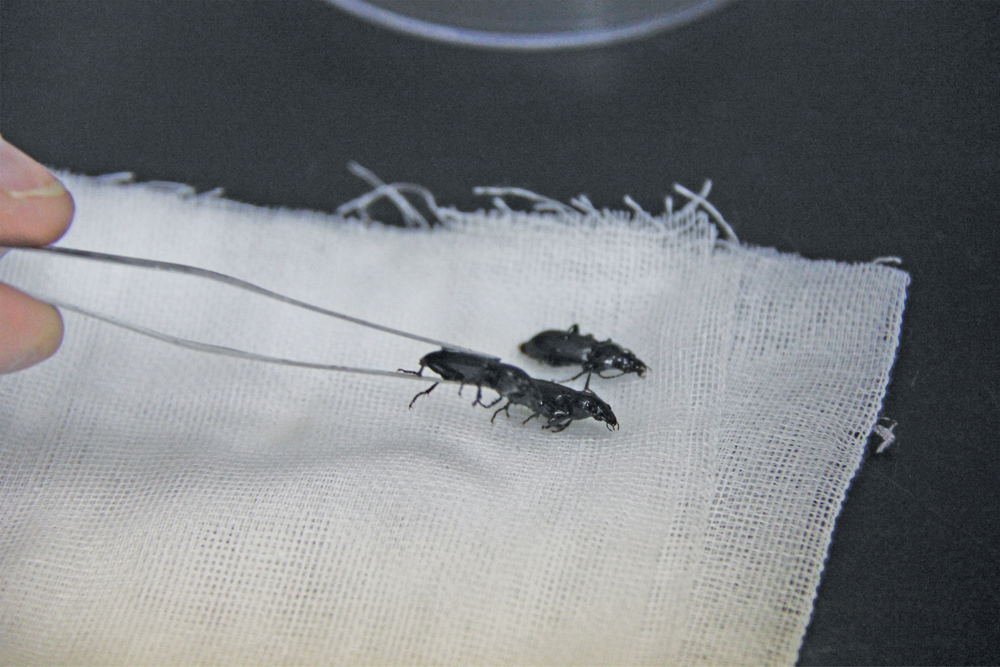
6074.jpg
Lining up the beneficial beetles from an insect trap. These are melanarius beetles, which are ground beetles that belong to the carabid family. Some beetle species found in Western Canada can live up to four years.
Photo: Lisa Guenther
6073.jpg
Farmers can buy or make their own beneficial insect trap, to get an idea of how many beneficial beetles are crawling in their fields. Pictured are the components of both a professional and home-made trap.
Photo: Lisa Guenther
6070
Beetles are just one type of beneficial insect often found in farmers’ fields. These pinned specimens belong to the Carabid family. They prey on larvae and adult crop pests.
Photo: Lisa Guenther
6076.jpg
Patty Reid of AAFC shows CanoLAB participants the ins and outs of trapping and counting beneficial beetles.
Photo: Lisa Guenther
6080.jpg
Amara beetles hunt and chew on cutworms at CanoLAB in Vermilion. Amara beetles belong to the Carabid family.
Photo: Lisa Guenther
6085.jpg
Vincent Hervet of Alberta Agriculture and Forestry talks about beneficial wasps, spiders, and various other insects.
Photo: Lisa Guenther
WASP.jpg
A parisitoid wasp. Wasps can be very small and look similar to flies. But wasps have four wings, while flies have two wings.
Photo: Lisa Guenther
6109.jpg
Ian Epp of the Canola Council walks CanoLAB participants through soil residual herbicide injuries.
Photo: Lisa Guenther
6112.jpg
Canola seedlings suffering from soil herbicide injury. Herbicide injuries are difficult to diagnose at the seedling stage as symptoms such as purpling or yelllowing can mimic other problems. Poor emergence is also an issue with residual soil herbicide injuries.
Photo: Lisa Guenther
6119.jpg
Group 2 (Odyssey) injury in canola. Researchers mimicked a drift injury in the greenhouse. Herbicide injury symptoms, such as purpling and thickened stems, can mimic other issues.
Photo: Lisa Guenther
6120.jpg
Group 22 injury (Regalone) causing necrosis in canola.
Photo: Lisa Guenther
6121.jpg
Drift injury caused by a Group 4 herbicide (Heat).
Photo: Lisa Guenther
6123.jpg
Group 9 injury (glyphosate) mimicking herbicide drift on susceptible canola.
Photo: Lisa Guenther
6136.jpg
“Halo effect” on canola seedlings looks like Cleanstart damage. But it’s probably from the seed treatment, says Dan Orchard of the Canola Council. Larger seeds ended up with excessive seed treatment in this plant stand establishment demo at CanoLAB.
Photo: Lisa Guenther
6150.jpg
Leaf lesions on a plant infected with sclerotinia.
Photo: Lisa Guenther
Grainews field editor Lisa Guenther attended the Canola Council of Canada’s annual learning event CanoLAB at Lakeland College in Vermillion on February 22.
CanoLab offers a chance to see live plants and insects up close, while they talk with Western Canada’s top researchers and extension workers about current production issues. Watch the Canola Council’s event listing so you don’t miss this one-day learning event in 2018.
– Leeann Minogue



